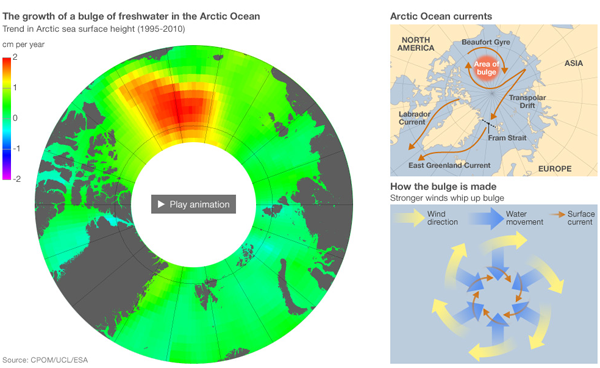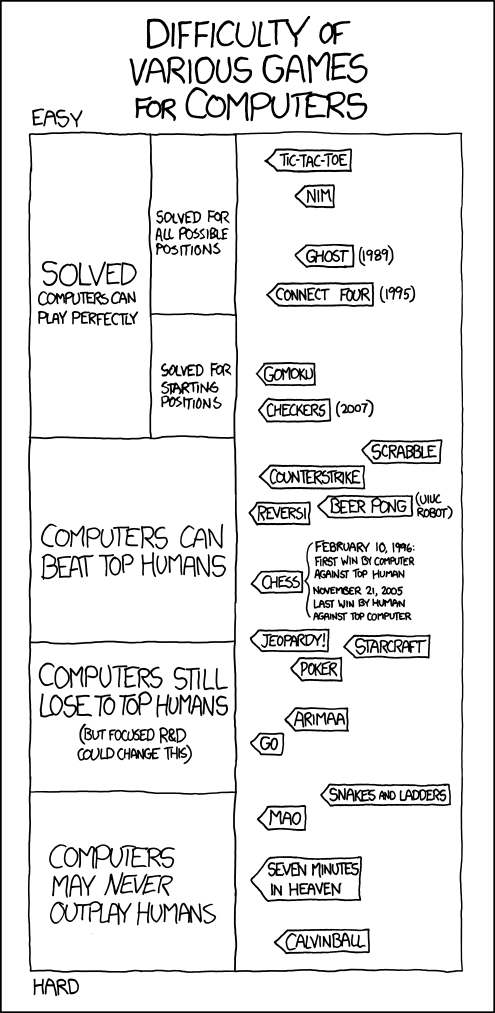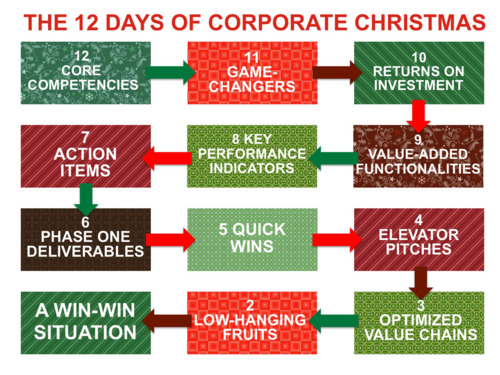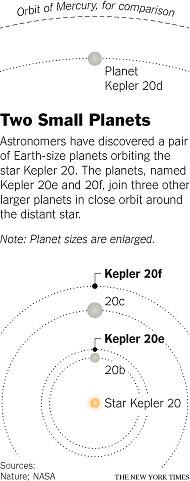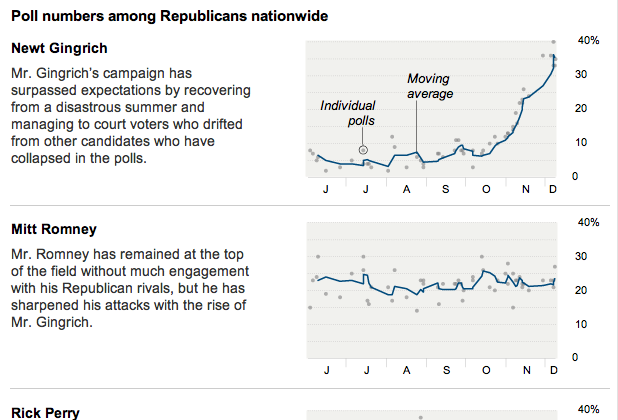The Guardian has an interactive piece that details payments to and from European Union member states to institutions, determining whether each state is a giver or receiver.

The concept sounds all well and good. However, the piece itself feels clumsy with too much scrolling and whipping about to pan across the whole EU. The charts look a tad heavy—which could have been remedied for a more concise piece—and the callouts beg for a level of interactivity that is otherwise lacking.
Lastly, I have concerns about the list of countries at the top, although these may stem only from the point of view of an American not too familiar with Europe. Flags are not circles, they are, in most cases, rectangular in shape. Does cropping a symbol or icon of a country make it more or less useful of a symbol or icon? Furthermore, do the British recognise the flags of their fellow EU member states?
The country icons/flags call for some type of sorting function, to compare payments and receipts and their balance. But, instead, they sit there in unalterable silence, providing only an economic overview when clicked. An overview that through its staid design feels more like an afterthought.

